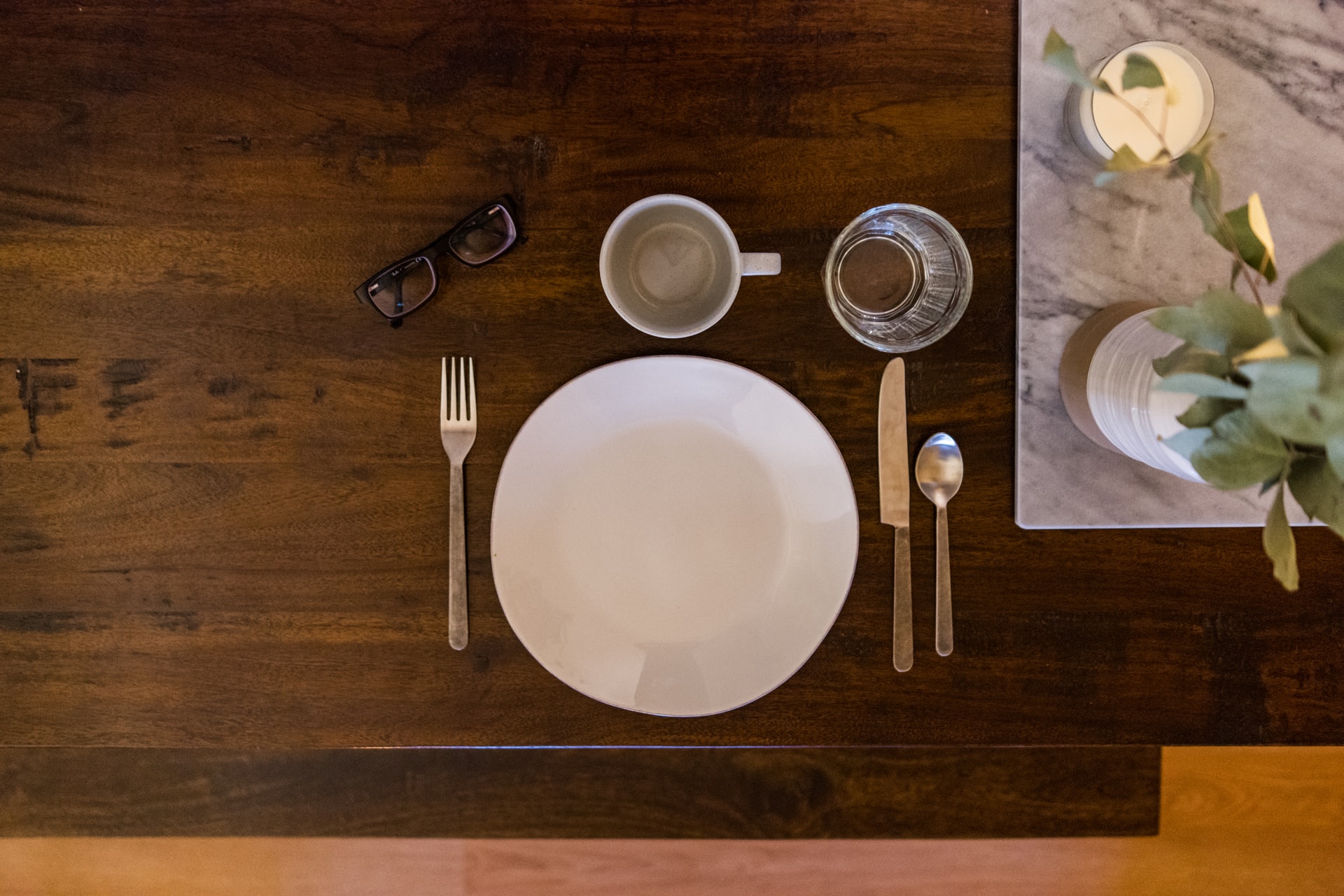
According to research, different shades and colors in the environment affect our mental and emotional state. It is similar with our appetite – some colors are able to stimulate it, others – to reduce it.
This information is actively used, first of all, by manufacturers and sellers of various food products when choosing brand colors, designing packaging, and also when advertising their products. In psychology, there is a special type of therapy that uses color treatment – it is usually used to combat various nervous disorders. Knowledge about the influence of colors on our appetite is also used by nutritionists. So let’s find out what colors can trigger in us the desire to eat something.
Let’s start with those shades that can increase our desire to eat. Bright colors of the warm spectrum make food seem more attractive to us. Moreover, they themselves attract attention.
Red is the strongest stimulator of appetite. It stimulates the nervous system, is able to slightly increase blood pressure and accelerate metabolic processes. However, too bright red color can negatively affect appetite, because in large quantities it leads to excessive irritation of the psyche.
Orange color can quickly improve the mood. It evokes positive emotions and joy and stimulates the brain, which can stimulate appetite. Orange is softer than red, so it does not have an overly stimulating effect.
Yellow stands virtually on par with orange in its ability to stimulate appetite. It is a warm shade which is associated with summer, sun, and sand. It fills with joy, and a happy and cheerful person has a better appetite.
Shades of green are the most natural. They evoke associations with freshness and, unlike the previous three colors, do not cause agitation, but on the contrary, calm the nervous system. Therefore, green does not so much increase the appetite, but allows you to focus completely on eating.
Turquoise is an excellent appetite stimulator, especially for desserts.
The right colors can also be used to suppress the momentary desire to snack on something. Colors that reduce the urge to eat include cool shades of blue and green, gray, and dark colors such as brown or black.
Blue and purple have the strongest effect on us, slowing down metabolic processes in the body. They also have a calming effect. There are very few natural products in these colors (especially blue), so we are less likely to associate them with something edible.
Gray color is neither stimulating nor calming. The interior decorated in this color is perceived as expressionless and unattractive. The same will be true of a plate on which food looks less inviting.
Brown has an unappetizing and inedible character. As a stimulator of appetite it works rather well only in cafes, where it is clearly associated with coffee and chocolate.
Our list ends with black, which, although it is elegant, has a rather gloomy overtone and may depress. As is known, in such a state we are less inclined to eat.
Although white is not a color that directly stimulates the appetite, it certainly does not distract from eating. Its neutrality makes dishes served on contrasting white plates look tastier and more appealing. Besides, according to the etiquette, food should be served precisely in white tableware.
Main photo: Christopher Jolly/unsplash.com